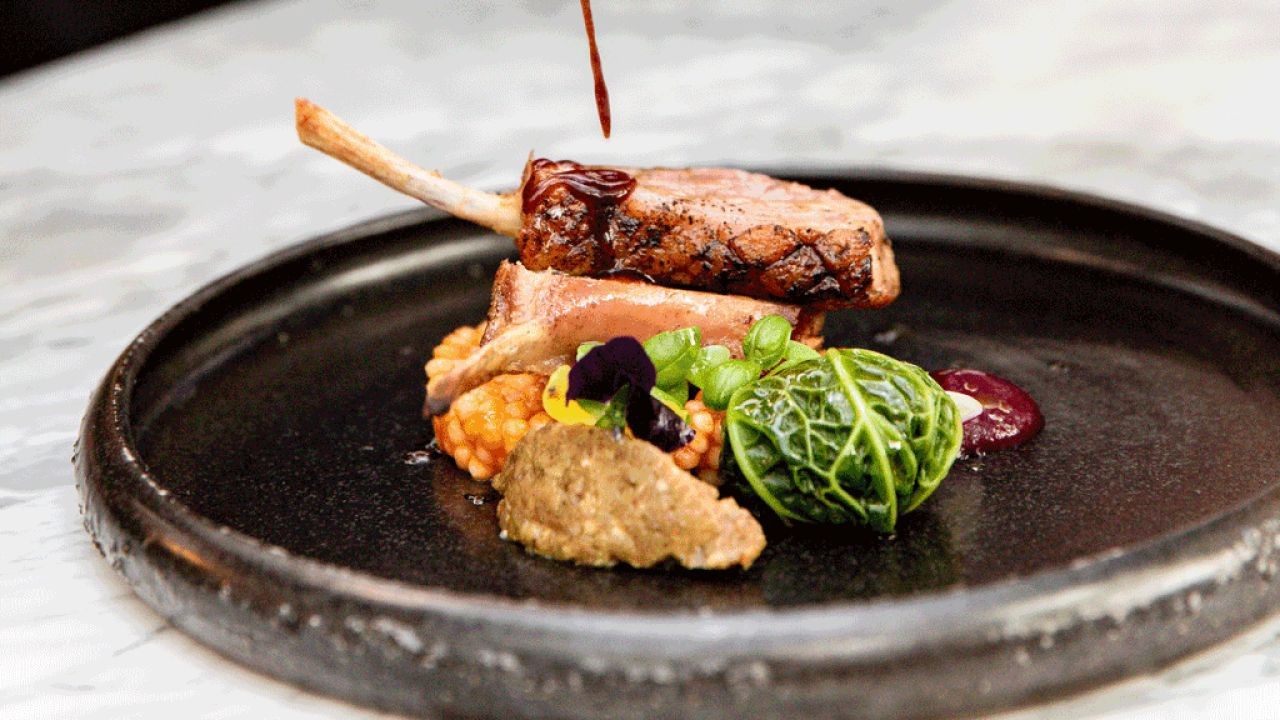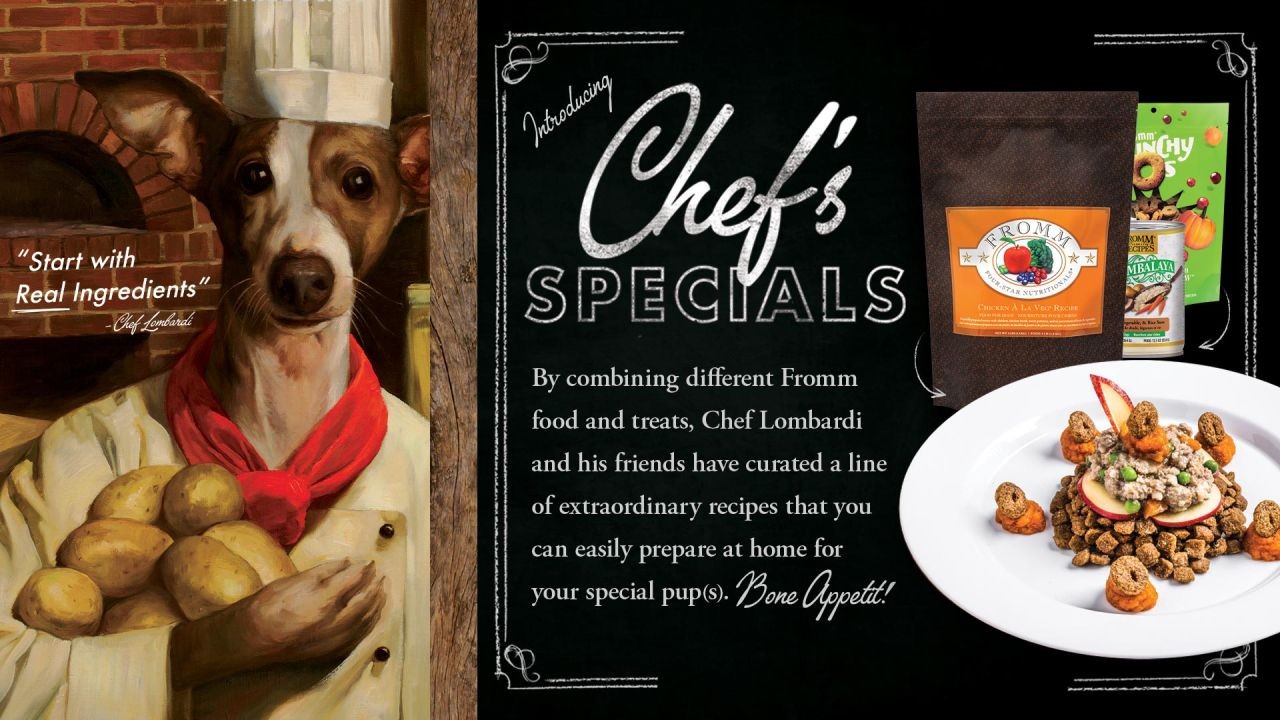In the heart of New Zealand, where the culinary landscape is as diverse as its breathtaking sceneries, a gastronomic revolution is quietly underway. By 2030, the Kiwi culinary scene is set to undergo transformative changes that will not only redefine how New Zealanders eat but also how the world perceives New Zealand food culture. This evolution is driven by a confluence of factors ranging from technological advancements, sustainability demands, and evolving consumer preferences. Understanding these shifts is crucial for stakeholders across the food industry, from chefs and restaurateurs to policymakers and food enthusiasts.
Technological Innovations: A New Era of Culinary Creativity
Technology is rapidly reshaping the food industry globally, and New Zealand is no exception. By 2030, artificial intelligence, robotics, and blockchain are expected to become integral components of the culinary process. According to a report by MBIE, the adoption of AI in the food industry is projected to increase productivity by up to 25% over the next decade. AI-driven analytics will enable chefs to personalize dining experiences based on consumer data, creating dishes that cater to individual tastes and dietary requirements.
Moreover, robotics will play a pivotal role in food preparation and service. Automated kitchen equipment can streamline operations, reduce food waste, and maintain consistency in food quality. A Wellington-based startup has already developed a prototype robotic chef that can prepare gourmet meals with precision and efficiency, showcasing the potential for this technology to revolutionize restaurant kitchens.
Case Study: Cultivate Christchurch – Urban Farming Redefined
Problem: Cultivate Christchurch, an urban farm, faced challenges in maximizing crop yield due to limited urban space.
- The urban farm struggled to meet the growing demand for fresh produce, resulting in lost revenue opportunities.
- A report by Stats NZ indicated that urban farms in New Zealand were producing 20% less yield compared to rural counterparts.
Action: To tackle this issue, Cultivate Christchurch implemented vertical farming techniques powered by IoT technology.
- They utilized sensor-driven systems to monitor plant health and optimize growing conditions.
- This approach allowed for 24/7 monitoring and adjustments, leading to more efficient use of resources.
Result: After six months, Cultivate Christchurch reported significant improvements:
- Crop yield increased by 35%.
- Resource usage decreased by 20%, resulting in cost savings.
- Enhanced produce quality led to a 15% increase in customer satisfaction.
Takeaway: This case study underscores the potential of technology to enhance urban agriculture. By adopting IoT-driven systems, urban farms in New Zealand can overcome space constraints and improve productivity. As the demand for fresh, locally-sourced produce rises, such innovations will become increasingly vital.
Sustainability: The Heartbeat of the Future Culinary Scene
Sustainability is no longer a trend but a necessity, particularly in a country like New Zealand, renowned for its pristine environment and commitment to green practices. The Ministry for the Environment projects a 30% increase in sustainable practices within the food industry by 2030. This shift is driven by consumer demand for transparency and ethically sourced ingredients.
Restaurants are increasingly adopting farm-to-table concepts, reducing carbon footprints by sourcing ingredients locally. Additionally, the rise of plant-based diets aligns with sustainability goals, as plant-based foods typically require fewer resources and generate lower emissions compared to animal-based products. New Zealand’s plant-based food market is expected to grow by 40% by 2030, according to a report by NZ Plant-Based Foods Association.
Case Study: Little Bird Organics – Pioneering Plant-Based Innovation
Problem: Little Bird Organics, a plant-based café, faced challenges in scaling operations while maintaining sustainability commitments.
- The café’s commitment to organic and local sourcing resulted in higher operational costs.
- Industry data showed that similar businesses experienced cost overruns due to sourcing limitations.
Action: Little Bird Organics expanded its product line to include packaged goods, utilizing eco-friendly packaging solutions.
- They partnered with local suppliers to ensure a steady supply of organic ingredients.
- Adopted a zero-waste policy, creatively using all parts of ingredients to minimize waste.
Result: After a year, Little Bird Organics achieved remarkable outcomes:
- Revenue increased by 50% due to higher product sales.
- Operational costs reduced by 15% through efficient sourcing and waste management.
- The café’s sustainability initiatives attracted media attention, boosting brand reputation.
Takeaway: Little Bird Organics’ success exemplifies how sustainability can be a catalyst for growth. By integrating eco-friendly practices and expanding product offerings, businesses can achieve both environmental and economic benefits. This approach is likely to become a blueprint for other New Zealand businesses aiming to balance sustainability with profitability.
Embracing Culinary Diversity: The Rise of Fusion Cuisine
New Zealand’s culinary scene is a melting pot of cultures, reflecting its rich immigrant history. By 2030, fusion cuisine is expected to dominate the culinary landscape, as chefs experiment with blending traditional Kiwi flavors with global influences. This trend is fueled by New Zealand’s diverse population and the increasing popularity of international cuisines.
Restaurants are beginning to offer unique dining experiences that celebrate cultural diversity. For instance, combining Māori ingredients with Asian cooking techniques creates a unique fusion that appeals to both locals and tourists. The potential for culinary tourism is vast, with the Ministry of Business, Innovation, and Employment predicting a 20% growth in culinary tourism by 2030.
Case Study: Hiakai – Celebrating Māori Cuisine
Problem: Hiakai, a restaurant dedicated to Māori cuisine, faced challenges in gaining recognition amidst a competitive culinary market.
- The restaurant struggled to attract a diverse clientele, limiting its growth potential.
- Market analysis revealed that Māori cuisine was underrepresented in New Zealand’s dining scene.
Action: Hiakai redefined its menu by incorporating fusion elements and storytelling to enhance the dining experience.
- Chef Monique Fiso introduced dishes that combined traditional Māori ingredients with modern techniques.
- The restaurant hosted cultural events to educate diners about Māori traditions and history.
Result: Over two years, Hiakai experienced significant growth:
- Customer base expanded by 60%, attracting both locals and international tourists.
- The restaurant received numerous accolades, enhancing its reputation and visibility.
- Hiakai’s success contributed to a broader appreciation of Māori culture and cuisine.
Takeaway: Hiakai’s journey highlights the power of fusion cuisine in creating unique and memorable dining experiences. By combining cultural storytelling with culinary innovation, restaurants can differentiate themselves in a competitive market. This approach not only enhances cultural appreciation but also attracts a wider audience.
Common Myths & Mistakes in New Zealand's Culinary Scene
As New Zealand’s culinary scene evolves, several misconceptions persist that can hinder progress. Addressing these myths is crucial for stakeholders to adapt successfully to future trends.
Myth: "Sustainability is too costly for small businesses."
Reality: While initial investments in sustainable practices can be high, long-term savings and increased consumer demand for eco-friendly products often outweigh the costs. A study by the NZ Sustainable Business Council found that businesses experienced a 20% ROI on sustainable investments.
Myth: "Technology will replace traditional cooking methods."
Reality: Technology is an enabler, not a replacement. It enhances efficiency and creativity, allowing chefs to focus on the artistic aspects of cooking. A report by NZ Tech Alliance emphasizes that technology complements rather than replaces culinary skills.
Myth: "Fusion cuisine lacks authenticity."
Reality: Fusion cuisine celebrates authenticity by blending diverse culinary traditions. It provides an opportunity to innovate while respecting cultural roots. An analysis by the NZ Culinary Institute shows that fusion cuisine attracts a broader audience and enriches the dining experience.
Future Trends & Predictions: New Zealand's Culinary Vision 2030
The future of New Zealand’s culinary scene is vibrant and promising, with several trends set to shape its evolution by 2030.
- Rise of Plant-Based Foods: With a projected growth of 40% in the plant-based market, New Zealand is poised to become a leader in sustainable dining.
- Technological Integration: AI, robotics, and IoT will drive efficiency and personalization, enhancing both back-end operations and customer experiences.
- Cultural Fusion: As fusion cuisine gains popularity, New Zealand’s culinary identity will continue to evolve, celebrating diversity and innovation.
- Sustainability as Standard: Sustainable practices will become the norm, driven by consumer demand and regulatory support from the government.
By embracing these trends, New Zealand can solidify its position as a global culinary destination, offering unique and sustainable dining experiences that resonate with a diverse audience.
Conclusion
New Zealand’s culinary scene is on the cusp of a transformative era, driven by technology, sustainability, and cultural diversity. By 2030, these forces will redefine the way food is produced, prepared, and consumed, offering exciting opportunities for innovation and growth. As we move towards this future, it is crucial for stakeholders across the food industry to embrace these changes and leverage them to create a vibrant and sustainable culinary landscape.
Are you ready to be part of New Zealand’s culinary future? Share your thoughts and join the conversation below!
People Also Ask (FAQ)
- How will technology impact New Zealand’s culinary scene by 2030? AI, robotics, and IoT are expected to drive efficiency and personalization in the food industry, enhancing operations and customer experiences.
- What are the benefits of embracing fusion cuisine? Fusion cuisine celebrates culinary diversity, attracting a broader audience and enriching dining experiences.
- Why is sustainability important for the future of New Zealand’s culinary scene? Sustainability aligns with consumer demand for transparency and ethical sourcing, driving long-term business growth and environmental benefits.
- How can small businesses adopt sustainable practices effectively? Small businesses can start by integrating eco-friendly practices, which can lead to long-term savings and increased consumer demand.
- What role will cultural diversity play in New Zealand’s culinary evolution? Cultural diversity will fuel innovation and fusion cuisine, offering unique dining experiences and attracting a diverse clientele.
Related Search Queries
- New Zealand culinary trends 2030
- Future of dining in New Zealand
- Sustainable food practices in NZ
- AI in the food industry
- Fusion cuisine popularity in New Zealand
- Plant-based food market in NZ
- Technological innovations in restaurants
- Cultural diversity in New Zealand cuisine
- Urban farming techniques NZ
- Future of food sustainability













































Loaded Radio
28 days ago